Natural hair has a variety of different styles that can help ease their day-to-day maintenance. Among these are locs and protective styles, which have both similarities and differences. In this blog, we’ll explain how to care for both locs and protective styles and what mistakes to avoid in their maintenance. Let’s get started.
What’s the Difference Between Locs and Protective Styles?
Locs are formed by braids, two-strand twists, coils, or palm rolls. Over time, locs are allowed to grow and retighten periodically as you maintain the original partings for consistent and uniform sizing. Sisterlocks are another form of locing that are tiny uniform locs — think miniature-sized dreadlocks. They are the result of a precision parting grid. In this situation, a specialized tool is used to place the hair into its loc formation. It takes approximately a year for locs to grow to a relatively mature stage. Sisterlocks are not a typical protective style as you have to cut off sisterlocks in order to return your hair back to its naturally curly state.
Protective styles are different from locs. They can be as simple as braids or twists and include more in-depth styles like crochet braids, box braids, or weaves. They can be used to protect curls from the rigors of daily styling and/or harsh weather conditions (heat in the summer and cold in the winter). Protective styles are used over a period of 3 to 4 weeks. However, if they’re left in for any longer, then the hair is at risk of becoming matted or product build-up at the roots may jeopardize hair. Hair grows approximately ½ inch each month while in a protective style as long as it’s kept properly moisturized with limited manipulation.
How are Locs and Protective Styles Similar?
Both locs and protective styles require a certain level of maintenance. While you can leave your locs or protective style without moisture for a couple of days, you’re not able to leave them without moisture for weeks on end. If you do, the hair shaft will become dry, brittle, and lackluster.
As a result, moisturization and hydration are necessary for all long-term protective hairstyles whether they’re crochet braids, faux locs, braids, twists, wigs, etc. In the next section, we’ll go through the necessary steps to maintaining and moisturizing both locs and protective styles, so you can keep your natural hair in good shape.
How to Care for Protective Styles
Protective styles are intended to be low maintenance. They require little to no daily manipulation, but you do want to maintain and moisturize your hair, so it remains in good condition. Here are some tips that can help you care for your hair while it’s in protective hairstyles.
1. Ease the tension
Did you know that it matters how your protective style is installed? If your or your hair pro is braiding too tightly, then it can be putting too much tension on your hair, scalp, and edges. Speak up if this is the case and ask that the style doesn’t tug on your hair unnecessarily!
2. Cleanse your scalp
There are a variety of different methods for cleaning your hair while wearing a protective style. Here’s one you may find helpful. Dilute your shampoo with a bit of water in an applicator bottle. Apply it directly to your scalp and then gently massage it into your scalp. Rinse with warm water. Here’s a great sulfate-free shampoo that’s great for protective styles.
3. Keep hair moisturized
Protective hairstyles are ideal for many women because they prevent the need to style your hair on a daily basis. That said, you’ll still need to moisturize on a daily basis if you want the protective style to do its job. Be sure to spritz a leave-in conditioner over your hair daily and use hair oil on your scalp to keep your hair soft and healthy. Plus, when it comes time to take your hair down, it’ll be well-moisturized and much easier!
4. Protect your hair at bedtime
Either invest in a satin pillowcase or wrap your hair in a satin or silk scarf or bonnet to prevent friction and an unnecessary loss of moisture. You should also avoid cotton pillowcases at all costs which can suck the moisture out of your hair.
5. Be gentle when removing the style
Too many ladies speed through removing their protective hairstyle and damage their hair in the process. Gently detangle your hair with your fingers and then use a detangling brush or comb to remove any remaining shed hair if needed. If you’re losing more hair than you think is normal, don’t fret! The average individual loses between 100 to 150 strands of hair per day. After 3-4 weeks, this hair can add up!
How to Care for Locs
As noted above, all protective styles require a moisturizing regimen, but locs often require more specialized attention in order to keep them healthy and hydrated. One factor in this equation is your hair texture. Hair in the 4A to 4C range is the driest, which means these ladies will need to take extra care when moisturizing their locs to ensure the best results. Ladies in the 3A to 3C category still need to hydrate their hair, but they need to be careful about the products they use. If the products are too heavy, then they can weigh down your hair.
As you get settled into a loc care regimen, keep the following tips in mind.
1. Use oil on your scalp
Applying oil to your scalp can help to hydrate and seal in nourishing ingredients. Here is a great oil that you may consider using on your scalp. However, as with any product you use with locks, make sure you avoid overdoing it when applying so that it doesn’t build up or weigh down your strands.
2. Moisturize your locs the right way
Regardless of hair texture, make sure you use a sulfate-free shampoo for your loc care along with a moisturizing conditioner. These will help keep your hair strong and healthy while preventing future breakage. While in the shower, allow your conditioner to sit on your locs for three to five minutes.
Now, keep in mind that there is some controversy in the dreadlock community about whether you should use a daily leave-in conditioner on your locs, especially new locs. This is because this type of product can loosen and damage your locs. The answer to whether this is right for you will likely come down to your hair texture.
If you find that your locs are dry and brittle, then it may be worth trying some leave-in conditioner, especially after you get through those early stages of new locs. However, if you find that your hair is okay with just the periodic conditioner while you’re in the shower, then try using an apple cider vinegar rinse as an alternative. This product will leave your locs soft and conditioner and also help to clarify the product buildup from your scalp.
3. Prioritize deep conditioning treatments
Note: Please do NOT do this with new locs. If your locs are in the starter phase, then deep conditioning risks detangling your starter locs and ruining them. Once your locs are mature (roughly 1 year after beginning your journey depending on the texture of your hair), deep conditioner your hair every 1-2 weeks to keep your locs healthy, strong, and moisturized. This deep conditioner is a great pick.
4. Avoid overwashing
Locs are more prone to odor and buildup than lose hair. That said, overwashing is likely to dry out your scalp and lead to flaking, itchiness, breakage, and thinning locks. Once your locks have matured, wash every 1-2 weeks and then dry thoroughly after washing. This will prevent your locs from developing the mildew smell that comes with improperly drying.
5. Protect your locs at night
While locs are strong, they’re still susceptible to breakage and damage from friction. Wrap your locs in silk or satin to prevent them from breaking during sleep. You can do this with a satin scarf or bonnet.
What Mistakes Should You Avoid with Locs and Protective Styles?
For locs, particularly sisterlocks, the biggest mistake is using a leave-in conditioner. Leave-in conditioners attract dirt and prompt product build-up in the locs. As noted above, see how your new locs react, and don’t use any conditioning products in the early days as this can cause your locs to detangle. Wait until you have mature locs before figuring out which moisturizing products will work best for your hair texture.
For protective hairstyles, don’t rush taking down your hair because it can cause a lot of damage, knots, and breakage to your hair. Furthermore, if you’ve used extensions in your style, be sure to cut several inches below your actual hair when removing. Then, start from the ends of the hair to unravel the braid or twist to avoid knots and tangles.
Final thoughts
With these tips, you’re well on your way to establishing a healthy hair routine. For more information, read our blogs on How to Build an Effective Natural Hair Regimen and Protective Styling: Why You Should Wear Protective Styles.
WRITE FOR US
Think you've got a fresh perspective that will challenge our readers to engage and educate themselves on how to attain a healthier self, hair and skin included? We're always looking for authors who can deliver quality articles and blog posts. Thousands of men and women will read your work, and you will level up in the process.
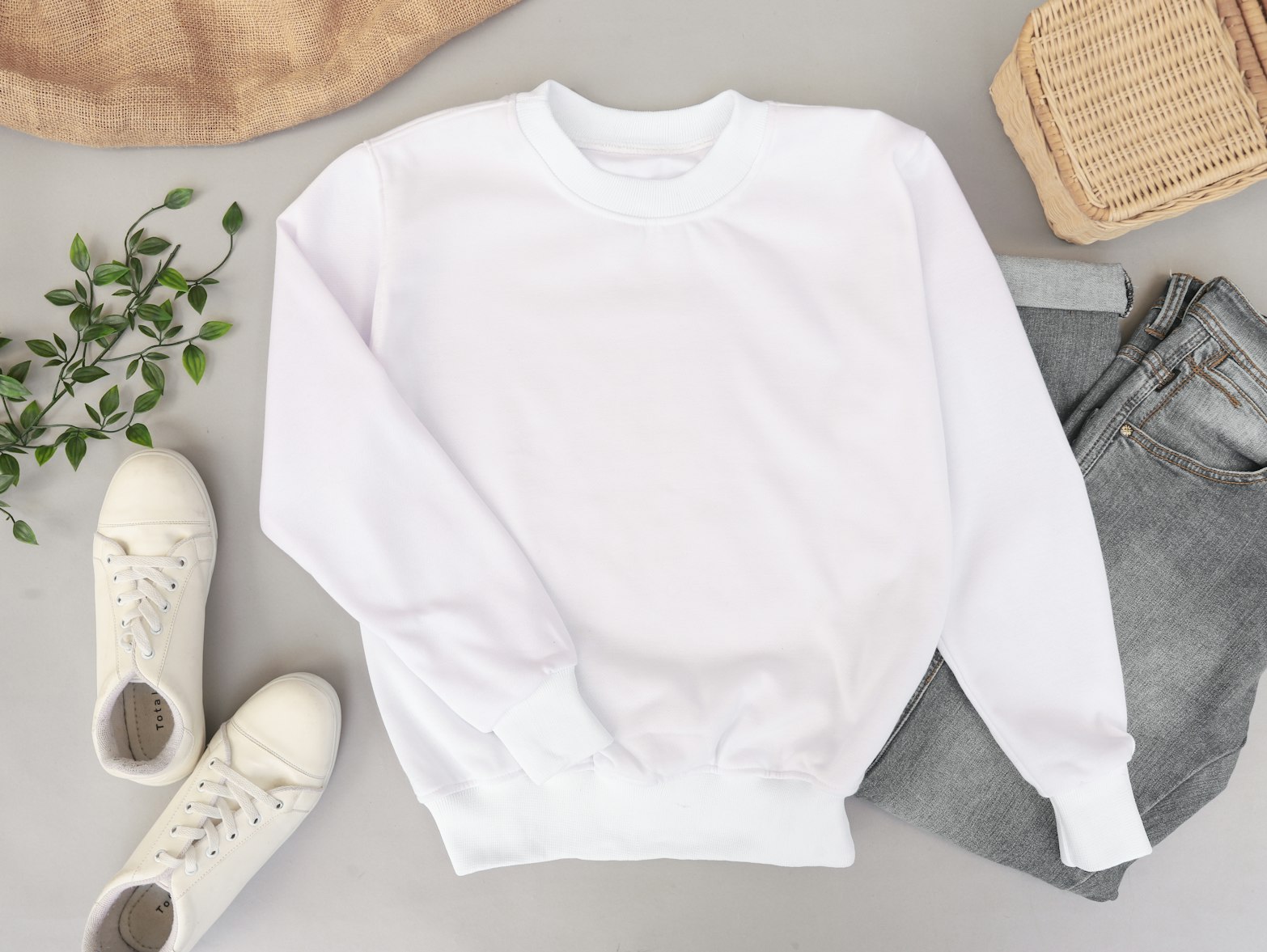
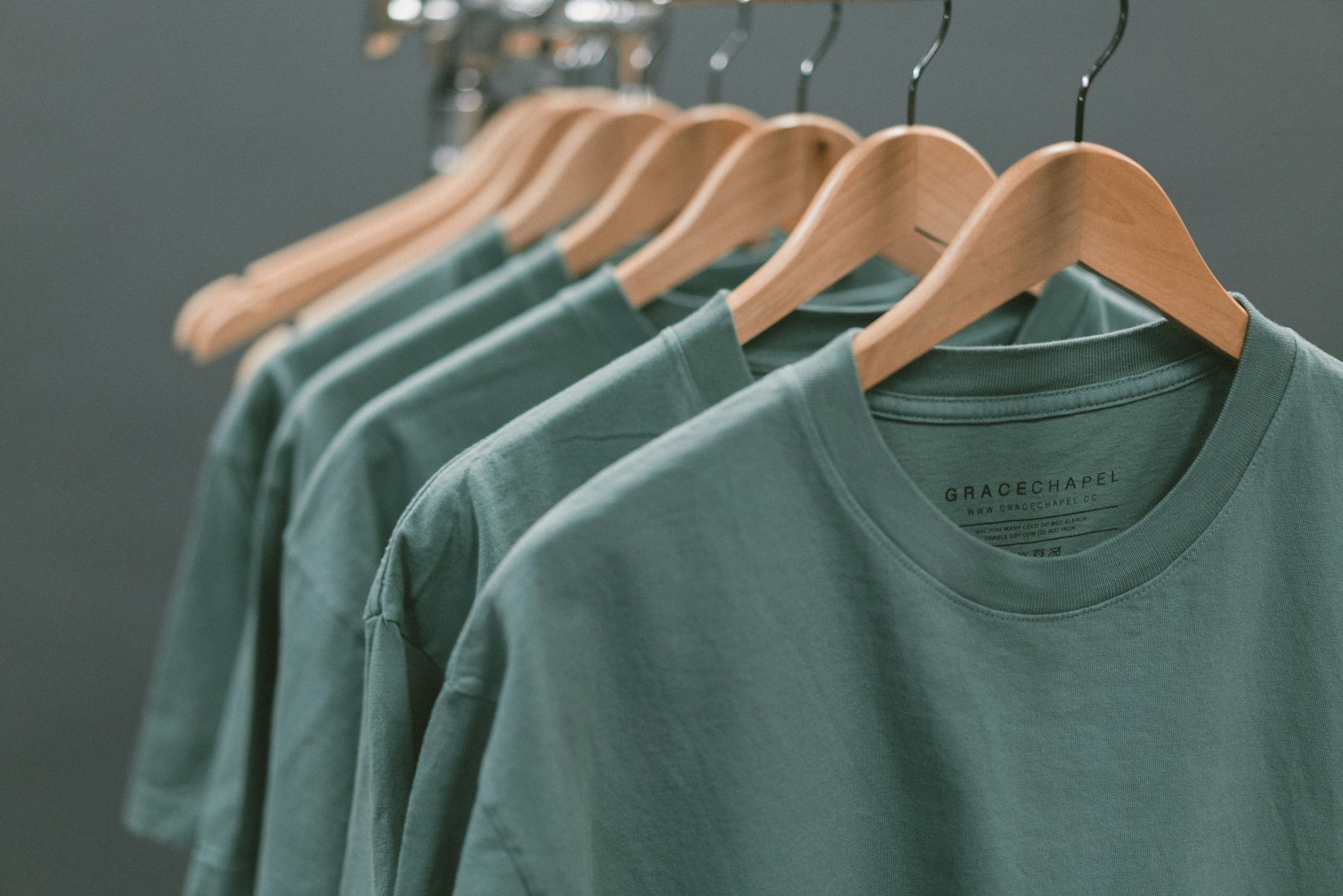
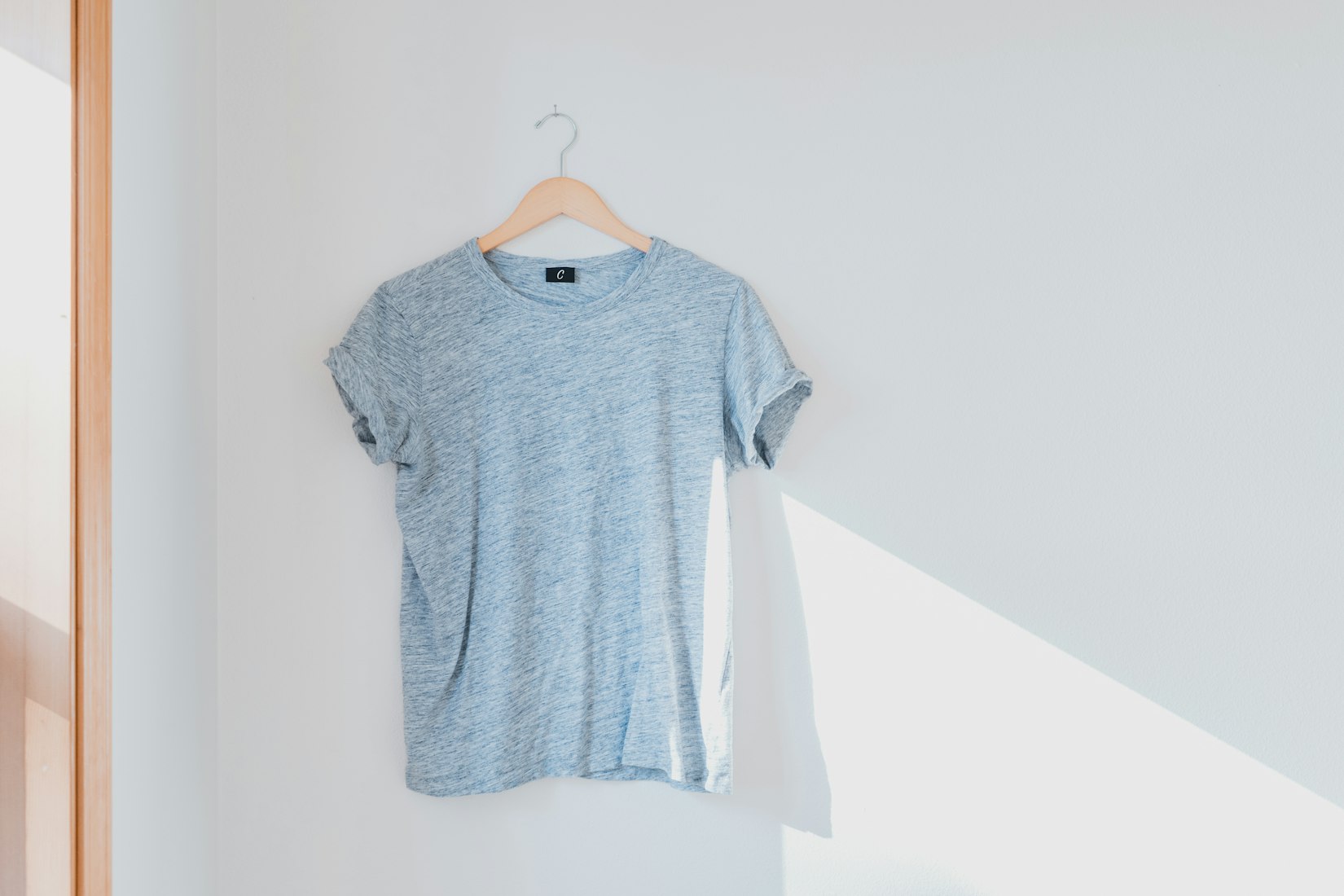
 English
English Arab
Arab
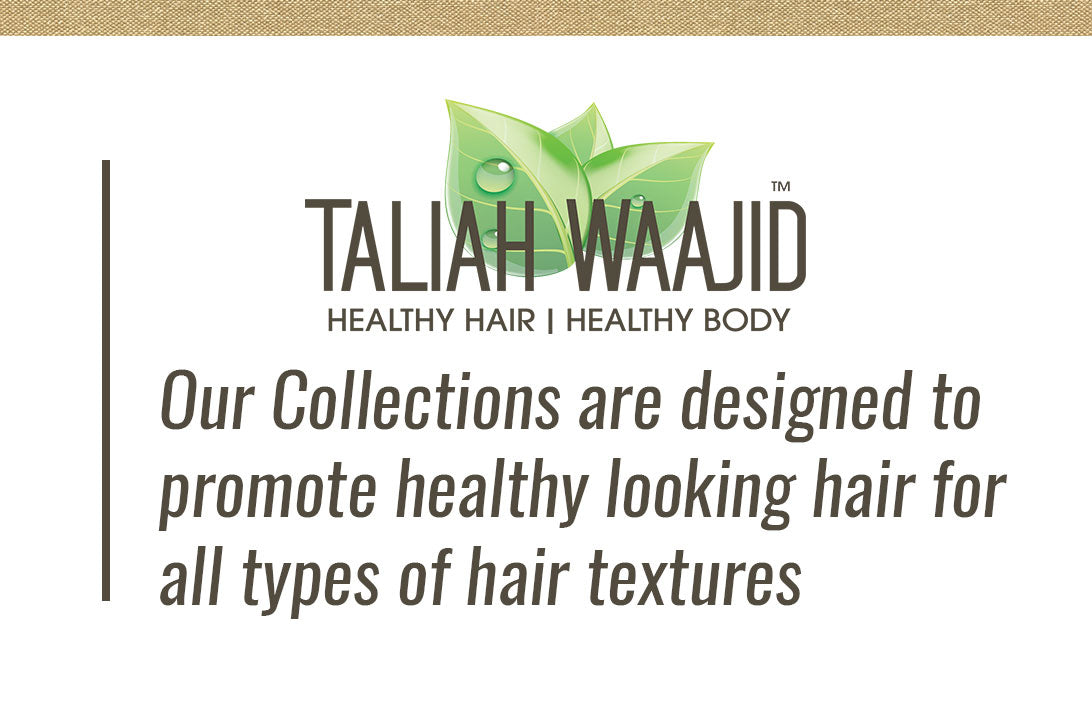
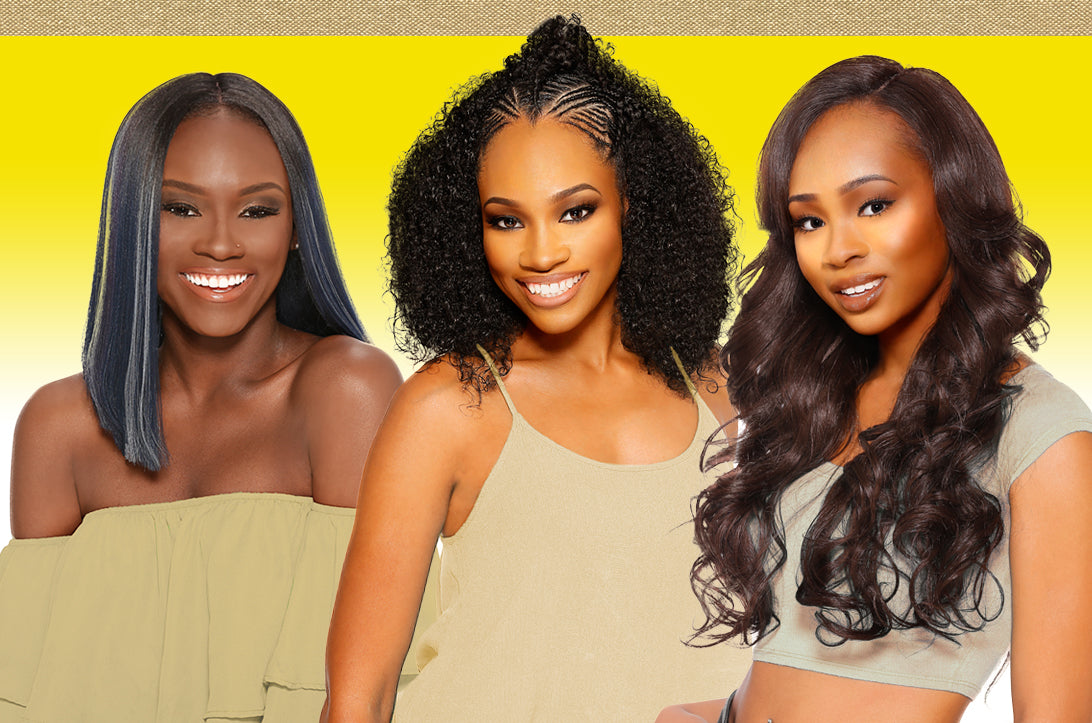




Dionne,
There are many people with your hair type transitioning from natural styles to sisterlocks. I strongly suggest having a consultation with a licensed sisterlock technician.
I have gray hair and it’s beautiful, but also it’s the worst hair type to take care of I’m told that it is not 4C but it is type 4 hair regardless. Now I would love to get sister lots but I know a my hair re loves moisture and it taming a whole year for it to lock up would mean a whole year with no moisture that really scares me. 2. I would want to do the lies that crochet needles are used would that make a difference in the time allowed to be a le to moisturize one hair? Right now I have braids in my hair, and will take them down in a month. I would love to go from braids to sister location is that advisable or should I let my scalp rest first.
What methods are you currently using while wearing your protective style? One of the most important things to remember is to keep your hair moisturized before during and after wearing your protective style(s).
Hi Marie!,
So glad that I was able to help you! Try the mature loc maintenance kit from our Black Earth Collection. The products from this collection will definitely help you maintain your beautiful locs. Great for keeping your locs and scalp moisturized. Log onto www.naturalhair.org and type in Mature Loc Maintenance to see more.
We have the perfect product for you! Have your Loctician use our Lock It Up Tight Hold. This product is perfect for locking hair. You will need to establish a routine loc maintenance schedule to ensure that your locs are staying locking properly. Eliminate spraying product directly on the locs that need repair. It is important that you maintain consistency when doing this a routine A consistent loc maintenance routine is crucial to obtaining your desired results.